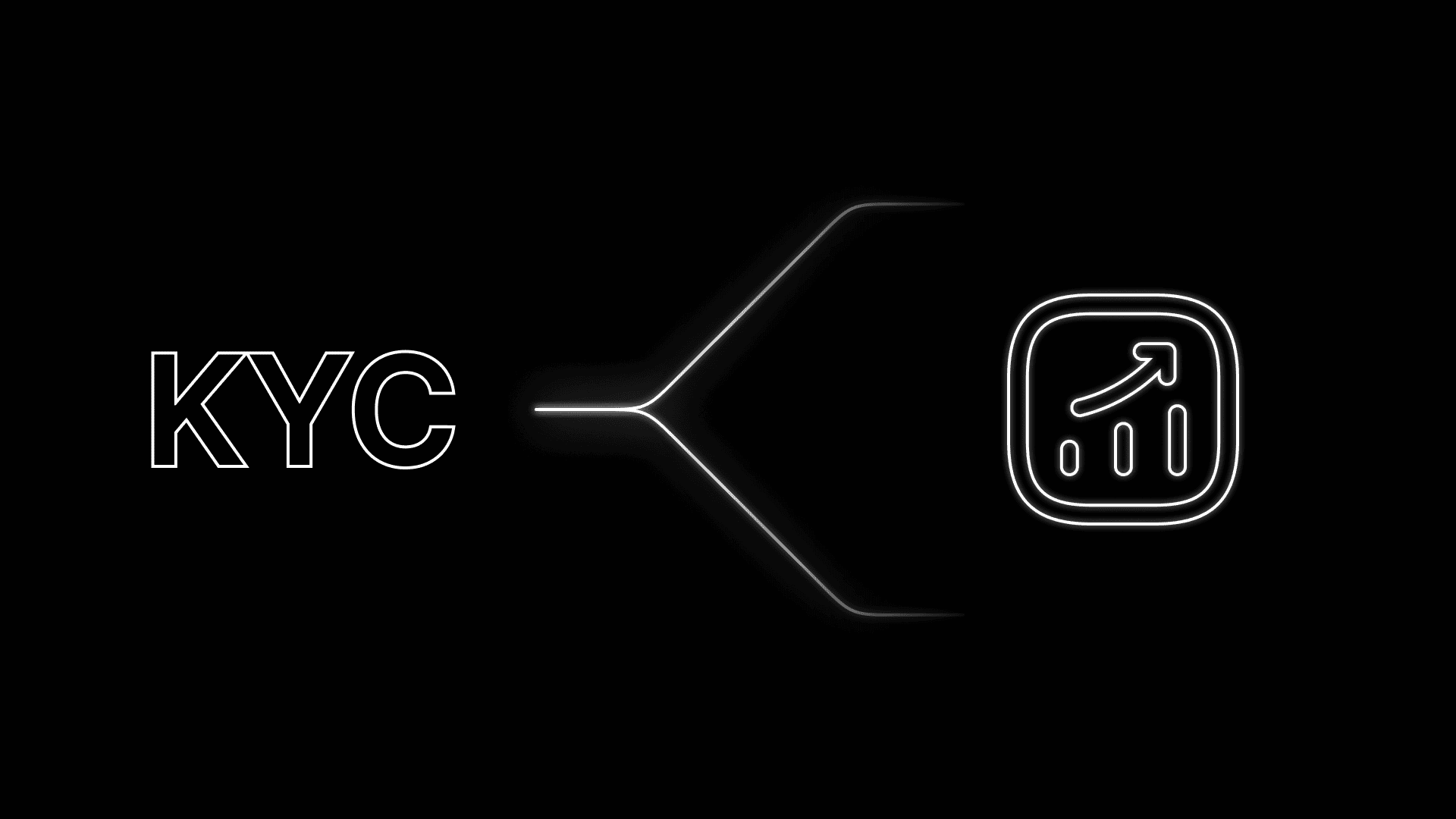
How to Turn KYC into a Competitive Advantage (Not a Bottleneck)
Key takeaways (TL;DR)
A poor KYC flow kills conversions: over 60% of users drop off when verification is slow or confusing.
Market leaders treat KYC as a strategic experience, integrating smooth, transparent checks that build trust from the first click.
A winning KYC UX blends speed (<30s), automation, clarity, and cross-device consistency—lowering costs and friction.
Didit turns KYC into an advantage: automated flows, integration in minutes, transparent pricing, and real-time funnel analytics.
You probably know the scene: a user discovers you, starts sign-up excitedly, and right before finishing, the dreaded KYC step appears. Blurry photos, endless forms, waiting minutes (even hours) for something as simple as identity verification.
The result? The user bails. What many teams miss is that onboarding isn’t just a formality—it’s the first real trust moment between your product and a potential customer.
A poorly designed identity-verification flow doesn’t just tank conversion; it wrecks the most delicate emotional moment in the journey: the instant when a user decides whether your brand conveys security—or frustration. The data backs this up: a study by The Financial Brand found that 68% of consumers abandoned a digital banking onboarding in 2021, up from 63% in 2020.
Put differently: more than two-thirds of potential customers don’t complete onboarding. That’s not a blip—it means onboarding, and especially KYC, is destroying value.
Yet many companies (in fintech, neobanking, and crypto) have flipped the script. They’ve turned KYC into a growth tool—a lever for trust and speed.
Why Traditional KYC Slows Growth
Traditional KYC methods have a core problem: they were designed for compliance, not for experience. Endless forms, manual processes, verification errors, slow vendors… all lead to one outcome: user abandonment.
A few numbers worth knowing:
- According to Corporate Compliance Insights, the average KYC review cost for a corporate client reaches US$2,598.
- The same publication reports banks take 95 days on average to complete corporate KYC review.
- In consumer onboarding, 63% of customers abandon a digital process because it’s too long or complex.
Every friction point hides a lost-conversion story. And that hits critical metrics: CAC (Customer Acquisition Cost), LTV (Lifetime Value), and retention.
The equation is clear: More friction → lower conversion. Lower conversion → higher cost per active user. The good news? You can invert that equation.
From Mandatory KYC to Strategic KYC
Today’s market leaders go further. They don’t do “KYC because they have to.” They do it to earn user trust faster than competitors. That perspective reveals that identity verification doesn’t have to break the flow—it can be fluid and transparent.
This is the idea behind seamless verification (or “invisible checks”): identify users without disrupting the journey. The impact is immediate: users feel both flow and safety, building trust—a priceless asset in digital onboarding.
Speeding up and simplifying isn’t just good UX. It’s a business strategy.
What Defines a Great KYC UX
There’s no single recipe, but there are five universal principles every winning KYC UX follows:
- Speed: Users should be verified in under 30 seconds.
- Clarity: Each step has a purpose and visual guidance. No ambiguous screens.
- Automation: The fewer manual reviews, the better. Today, 31–60% of KYC still runs manually at many institutions.
- Consistency: The experience should be identical across mobile, web, and app.
- Transparency: Security should be felt, not forced.
These pillars turn verification into an experience of trust, not suspicion.
Operationally, corporate KYC reviews can cost US$1,500–US$3,500 per client.
Optimizing UX and automating the flow doesn’t just improve conversion—it reduces spend in a tangible way.
How Didit Turns Verification into Growth
Didit makes KYC an accelerator, not an obstacle. The approach combines automation, instant integration, and best-in-class UX.
- Automated flows: End-to-end checks without manual intervention, with instant responses.
- Instant integration: Thanks to APIs or no-code workflows, teams can connect Didit in minutes.
- Optimized KYC UX: Mobile SDKs, custom branding, and multilingual support preserve each brand’s identity.
- Fair models: Unlimited free identity verification, plus transparent pricing for premium features—helping you save up to 70% versus traditional providers.
- Total visibility: An analytics dashboard shows KYC funnel performance (conversions, drop-offs, average times).
Conclusion: The Future of KYC Is Fluid and Transparent
KYC is no longer a checkbox. It’s a strategic product-design layer, a core component of any digital company’s growth engine.
Teams that treat verification as an experience—not an obligation—will lead. Because the future of KYC isn’t merely faster.
It’s invisible: it happens without users noticing, with full regulatory robustness behind the scenes.